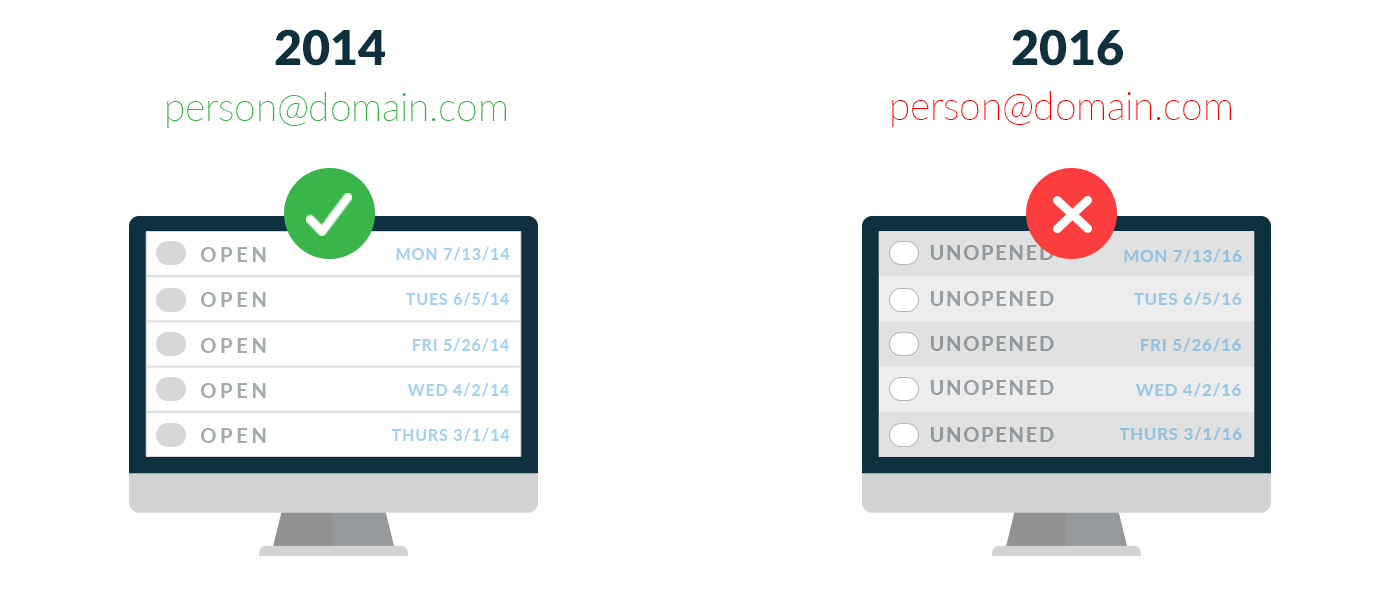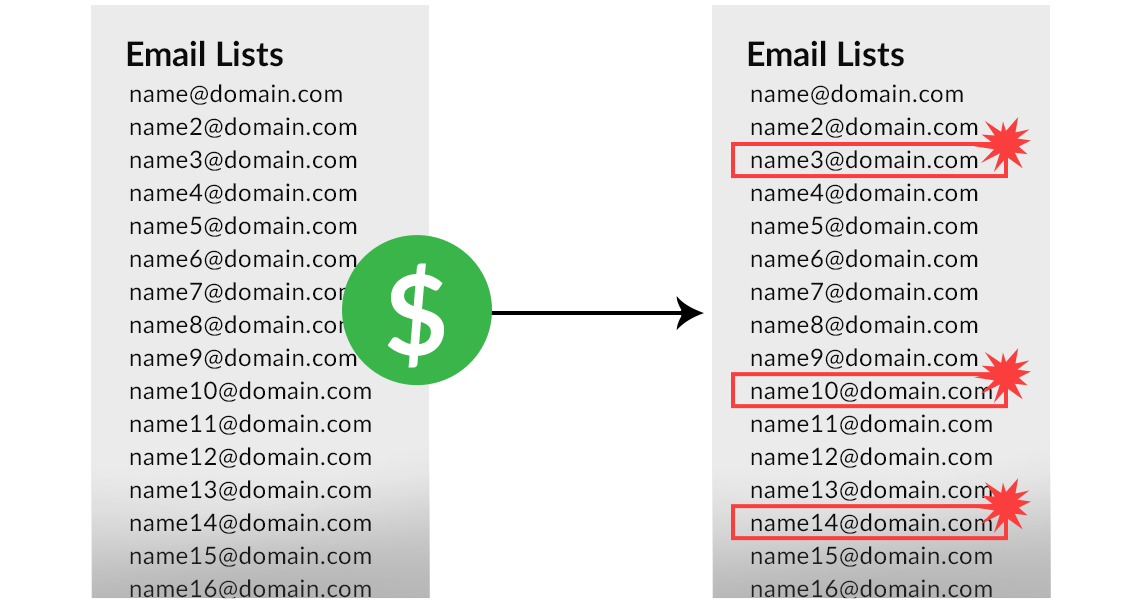
Email blocklists and spam traps aren’t new, so whether you’re an email veteran or just getting started, you have probably heard of blocklists. You may have even heard of spam traps. However, few people have a true understanding of what they actually are, how they work, or how a sender should monitor them. Join them: This little ditty will clear up those issues and place you firmly in the realm of “In The Know.” You’ll also leave with some great insights into how you can monitor blocklists and spam trap hits.
Spam Traps
Let’s start with spam traps, because understanding what they are and how they work will help you better understand blocklists. In most ways, spam traps are just like any other email address. At face value, they are indistinguishable from “normal” email addresses. The only difference is that a spam trap is an email address no legitimate sender should be sending email to. Spam traps fall into three categories:
Recycled Spam Traps
These addresses were valid at one point in time (typically more than a year ago), but have since been abandoned. It’s pretty common for entire domains to be converted into spam traps. Domains that used to send and receive email but don’t any longer can be purchased by spam trap operators. The operator can then identify IPs or domains sending mail to this defunct domain and use that data to identify senders with bad list hygiene practices.
Typo Spam Traps
Spam trap operators frequently use “lookalike” domains, such as hotmall.com or yahho.com. Typo traps are designed to identify senders who have poor form when it comes to collecting addresses, and aren’t properly ensuring what they’ve got on file is the correct email address of their subscriber.
Pristine Spam Traps
Pristine spam traps are email addresses created for the sole purpose of catching spam. These addresses have never (and will never) legitimately sign up for or engage with email. Purchased and publicly available email lists are littered with pristine spam traps so it’s easy to identify an ill-begotten list. These trap addresses can also be “hidden” in the HTML of websites and will end up on the lists of senders who scrape email addresses from the web. So don’t try to be sneaky.
Blocklists
Blocklists are lists of IP addresses and domains that are known to send (or suspected of sending) spam. There are hundreds upon hundreds of blocklists out there and they are not all created equal. Some blocklists can have a catastrophic impact on your email program and sink you faster than the Titanic (and as a refresher, she went down real quick). With others, you will hardly notice any impact. Which blocklists truly matter is different for every sender. If you suspect you’re blocklisted but can’t determine by which, let us know, we can help you out.
There are a few different ways your IPs and domains can end up on blocklists. The most common way is hitting…
Spam traps!
Blocklist operators commonly use spam trap data to determine which IPs and domains should be blocklisted. Repeatedly sending email to spam trap addresses is a strong indicator your email is unwanted or your address collection practices are less than stellar. In some cases, excessive spam reports can land you on a blocklist the same way excessive trap hits does. Remember: Engagement is important, so don’t keep emailing people who clearly don’t want your email and are likely to report you as spam every time you send.
Monitoring Blocklists and Spam Trap Hits
It is impossible to monitor all of the web’s email blocklists and spam trap networks. They are too numerous, and many don’t offer public data feeds. However, there are websites you can use to spotcheck your domains and IPs for blocklistings. Everest does just that: We’ll monitor your IPs and domains to help you keep your reputation on the up-and-up. We even maintain our own sensor network that sends the same kinds of signals sent by spam traps.
Something I should note: Almost every sender ends up on a blocklist at some point. Likewise, almost every sender hits some amount of spam traps. That being said, monitoring your trap hits and your blocklistings over time will help you understand several important things:
- Are there particular subject lines or From addresses hitting more traps than others?
- Is there a specific sending domain or IP that keeps getting blocklisted?
- Are you hitting recycled traps (bad list hygiene), or typo traps (poor address collection)?
This exercise will also give you a benchmark against which to measure whether your sending habits are improving or getting worse.
- Are you getting blocklisted more frequently or are your listings clearing up?
- Are you hitting more traps this week compared to last week?
- Did the changes you made to your sign-up workflow reduce trap hits?
Remember: Being on a blocklist or hitting spam traps isn’t the end of the world. It certainly doesn’t mean your email program is terrible. Savvy senders will monitor the data they have at their disposal and use it to improve over time. The savviest senders will use all the tools available to improve their performance to increase their ROI on email. Or, at least keep up with our blog, where we’ll continue to dig into these topics. See you here next week!


